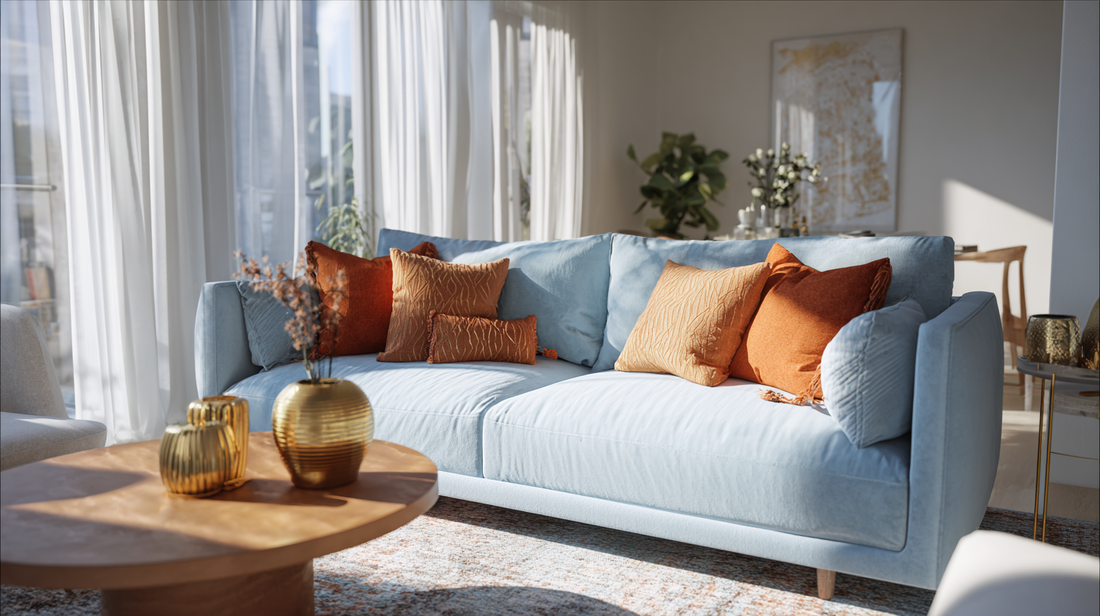
Mixing Cool and Warm Tones Like a Pro
Share
Mixing Cool and Warm Tones Like a Pro
Are you tired of sticking to one color scheme or feeling intimidated by mixing different tones? Don't worry, you're not alone. Many people struggle with incorporating both cool and warm tones into their home decor, but the good news is that it's easier than you think. With the right guidance, you can create a stylish and cohesive look by combining contrasting colors. Keep reading to learn how to mix cool and warm tones like a pro.
Understanding Cool and Warm Tones
Before we dive into the tips, it's important to understand what cool and warm tones are. Cool tones are colors that have a bluish undertone, such as blues, greens, and purples. On the other hand, warm tones have a yellowish or reddish undertone, such as reds, oranges, and yellows. Knowing the difference between these two will help you create a balanced and visually appealing color palette for your space.
One way to easily identify cool and warm tones is by looking at a color wheel. Colors on the left side of the wheel are considered cool tones, while colors on the right side are warm tones. You can also use a color palette tool to help you choose complementary colors.
Finding the Right Balance
The key to mixing cool and warm tones is finding the right balance between the two. Too much of one or the other can make your space look overwhelming or uninviting. The best way to achieve a balance is by using a 60-30-10 rule. This means using 60% of a dominant color (either cool or warm), 30% of a secondary color, and 10% of an accent color. This rule will help you create a harmonious and well-balanced color scheme.
For example, if you want to create a cool-toned space, you can use a cool color as your dominant color, such as blue, and then add a secondary color like green or purple. For the accent color, you can use a warm tone like yellow or orange to add a pop of contrast. This will create a balanced and visually interesting color palette.
Mixing Patterns and Textures
Another way to mix cool and warm tones is by incorporating patterns and textures. This is a great way to add depth and interest to your space. When mixing patterns, make sure to choose patterns with different scales, such as a large-scale pattern with a small-scale pattern. This will prevent your space from looking too busy.
You can also mix textures by incorporating different materials, such as wood, metal, and fabrics. Mixing textures adds dimension and complements the contrast of cool and warm tones. For example, a cool-toned room with a soft plush rug and a warm-toned leather couch will create a balanced and inviting space.
Bringing it All Together
Now that you have a better understanding of how to mix cool and warm tones, it's time to put it all together. Start by choosing a dominant color and then add in secondary and accent colors. Remember to follow the 60-30-10 rule for a balanced look. Then, incorporate patterns and textures to add depth and interest to your space.
Don't be afraid to experiment and play around with different colors and patterns. Mixing cool and warm tones is all about finding the right balance and creating a space that reflects your personal style. So have fun and let your creativity shine!
Ready to start incorporating cool and warm tones into your home decor like a pro? Follow these tips and create a stylish and cohesive look that will make your space stand out. For more color inspiration and products, check out our collection at My Color Den.
